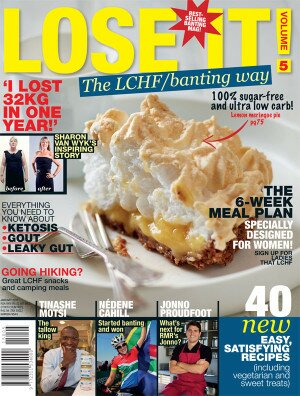-
Polycystic Ovarian Syndrome (PCOS) 101
Got a moustache, an irregular cycle and a muffin top? You may have PCOS
8 December 2014
In the case of disorders like PCOS (polycystic ovarian syndrome) the best thing to do is to know your facts.
WHAT IS PCOS?
PCOS is the most common hormonal disorder among women of reproductive age and one of the leading causes of female infertility. Most women with PCOS grow many small cysts on their ovaries – hence the name.WHAT CAUSES IT?
The exact cause is unknown, but there is a strong connection between body weight and the severity of the condition, says Hillary Wright, author of The PCOS Diet Plan. PCOS is also closely linked to insulin resistance: 30–40% of women with the condition have prediabetes. Hillary writes, ‘When ovaries are overexposed to insulin, they increase androgen production (like testosterone), which can upset the delicate hormonal balance that must occur to ready eggs for ovulation and fertilisation.’HOW DO THE CYSTS FORM?
Once an egg has reached maturity, the follicle (a fluid-filled sac in the ovary, which holds the egg) releases it so it can travel to the uterus for fertilisation. But in women with PCOS, immature follicles cluster together to form cysts, which never break open.HOW IS IT DIAGNOSED?
Parktown gynaecologist Dr Trudy Smith says, ‘There are many things that can mimic PCOS – your doctor will need to rule out an ovulation, thyroid disease, early menopause or adrenal gland disorders. You’ll need to have blood tests to measure your hormone as well as your insulin and glucose levels, and a transvaginal ultrasound to look at the ovaries. One or two cysts don’t mean you are polycystic – usually cysts sit in a ring formation around the ovaries.’THE MOST COMMON SYMPTOMS ARE:
- No periods or irregular periods
- Acne
- Facial hair
- Excess weight, specifically around the waist
- Thinning hair
- Acanthosis nigricans (darker patches of skin in folds of neck or waist, armpits or groin)
- Chronic lack of ovulation
Symptoms differ from person to person, and not everyone experiences all the symptoms.
HOW DO YOU TREAT IT?
‘The first line of treatment is lifestyle intervention, so following a low carbohydrate diet, weight loss – those are the first things you need to do in managing PCOS. If you lose weight you can improve, if not reverse, your PCOS,’ says Dr Smith.Be sure to consult with your doctor if you have any concerns.
Words: Liesl Robertson, Fairlady
Image: Website






